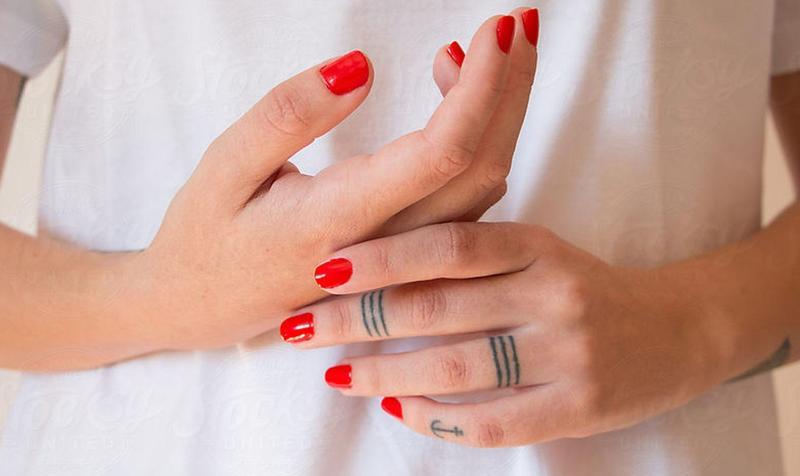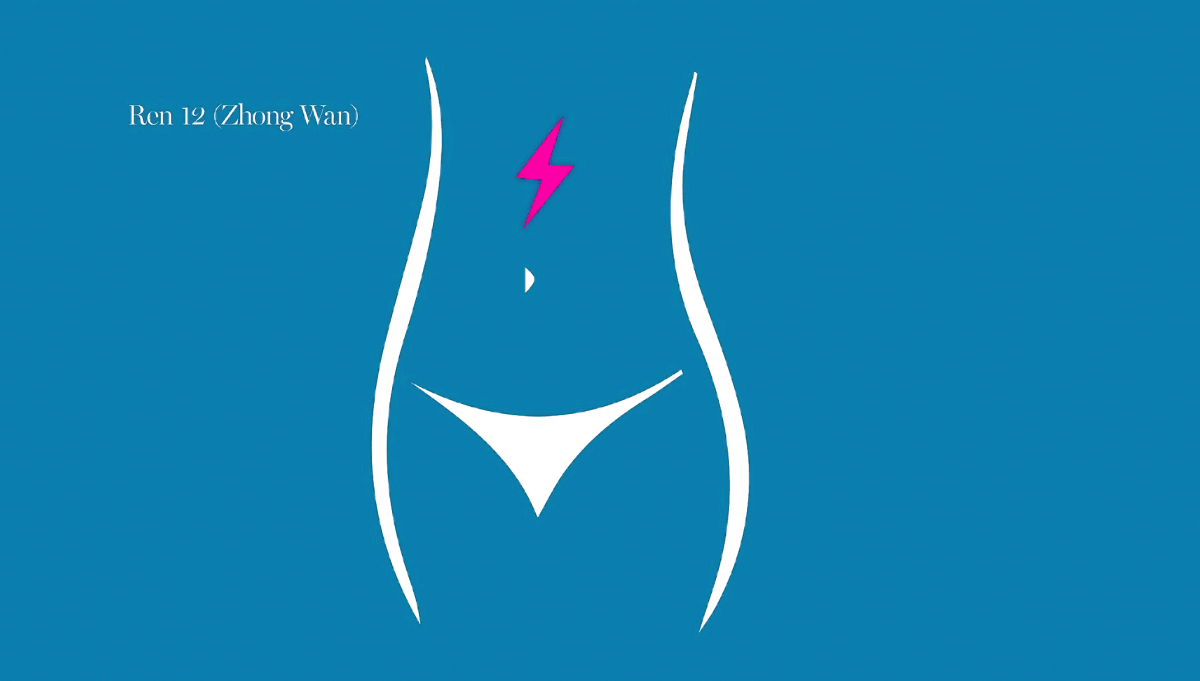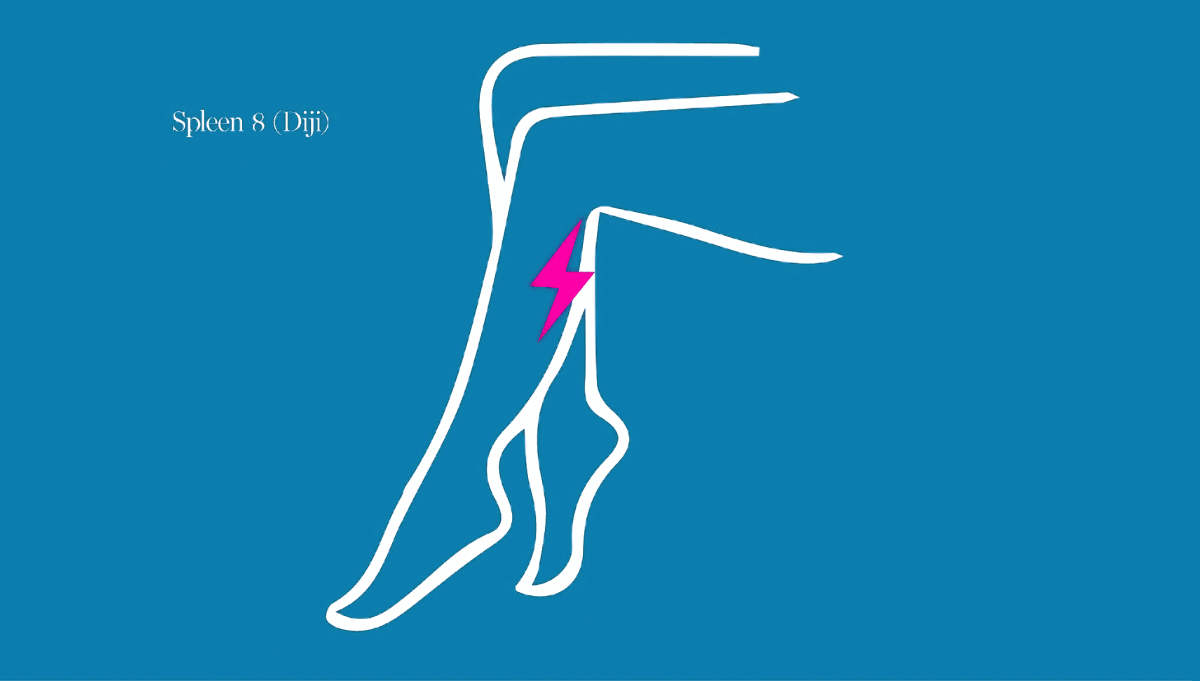
Not feeling great? There are a lot of little things you can do—get up and take a walk, chug some water, close your eyes for a second and take some deep breaths. Or—and go with us here— you could try acupressure , a technique from traditional Chinese medicine that helps prevent and treat discomfort. (Not to be confused with acupuncture—we’ll skip the needles for now.) Acupressure can be done on your own, anywhere, anytime, simply by applying pressure to certain parts of your body.
“Acupressure encourages energy flow through natural pathways in the body, sending it to all our internal organs and limbs,” explains Los Angeles–based acupuncturist and herbalist Carrie Tanenbaum. “Acupressure helps restore a natural energetic flow, thus returning the body to a state of well-being.”
Here, Carrie shared with us how to use acupressure to treat five common complaints that are especially common in women. Take notes!
1. For upper body pain

For pain or stiffness in the head, neck, throat, or face (Including headache, neck and jaw tension, toothache, sinus pain, or sore throat), gently massage the fleshy web between your thumb and index finger, known as Large Intestine 4 (He Gu).
2. For stomach discomfort

For nausea, dizziness, anxiety, or motion sickness, put pressure on the inside of the wrist, about three finger widths down from where your wrist meets your hand. (This point can also be very helpful for pregnant women experiencing morning sickness.) This spot is called Pericardium 6 (Nei Guan).
3. When you’re exhausted

For fatigue, lowered immunity, or poor digestion and to promote overall vitality, apply pressure to the spot four finger widths below the kneecap and one finger width to the outside of the shinbone. “When you press on the point, you should feel tenderness; then you know you are in the right spot,” Carrie explains. This area is called Stomach 36 (Zu San Li). “Stomach 36 is one of the most important and commonly used acupressure points. It is also called ‘leg three miles’ because it is said that if you are so tired you can no longer walk, stimulating this point will allow you to walk another three miles.”
4. For indigestion

For bloating, indigestion, intestinal gas, or lack of appetite, gently massage the space between the sternum and the belly button, which is called Ren 12 (Zhong Wan). Carrie suggests massaging this point gently, or even just resting your hand over the area.
5. For period cramps

For menstrual cramps or back pain during menstruation, apply pressure or gently massage the tender point four finger widths below the groove where the inner leg curves. This spot is known as Spleen 8 (Diji).
via Glamour Health
Be the first to post a message!